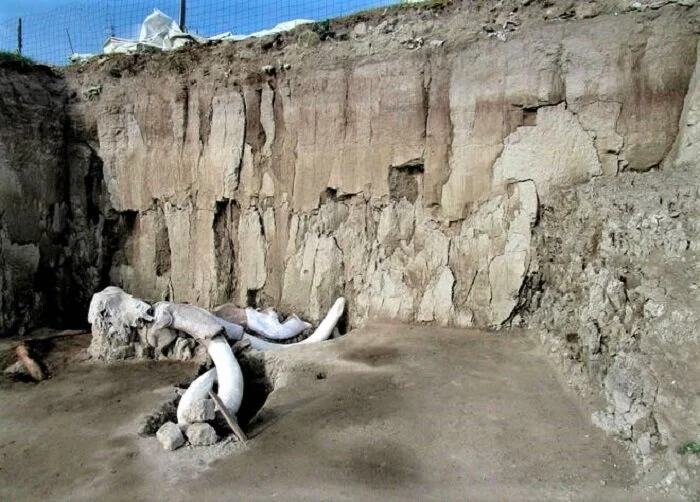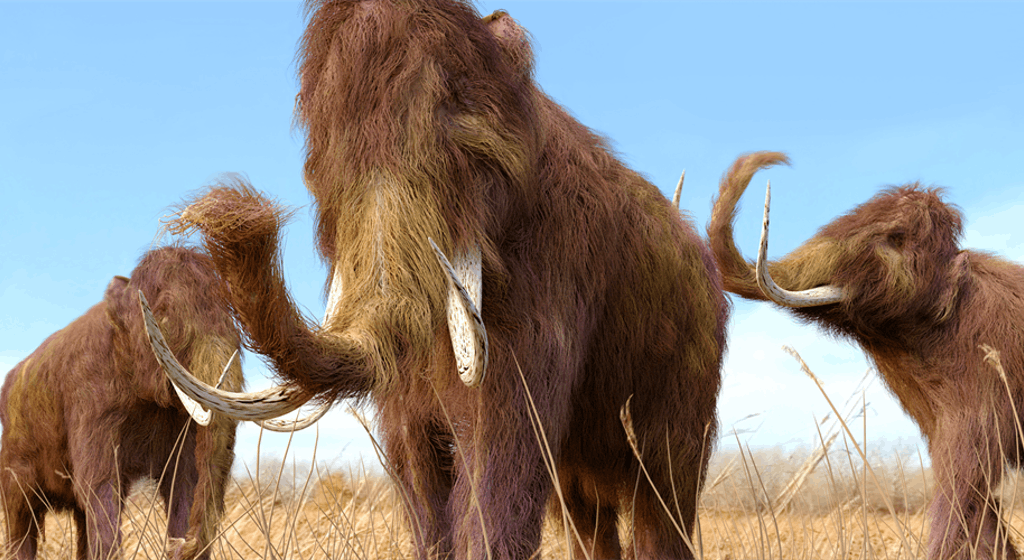Mercedes Benz VISION EQXX Brings Mylo Mushroom and Desserto Cactus Leather to Electric Concept Car
/The Mercedes-Benz VISION EQXX has reduced its carbon footprint by an estimated 50 percent. Eliminating leather and replacing it with bio-materials that simulate leather has high-impact on carbon footprint reduction.
Returning to the Proenza Schouler X Mercedes Benz collab from Fall 2021 — with it focus on sustainability — AOC updates readers on new developments on the Mercedes front in its own auto manufacturing drive to eliminate leather from its interiors.
Our fashion post — and we’re sharing our commentary again here in Sustainability — was on Mercedes’ support for designers creating sustainable clothes in the mood and style mode of Mercedes drivers.
Last month, Mercedes debuted its latest electric vehicle concept car at the January 2022 Consumer Electronics Show in Las Vegas, NV. In a statement almost impossible to believe, the Mercedes-Benz VISION EQXX has reduced its carbon footprint by an estimated 50 percent.
The extraordinary reduction in carbon footprint came from Mercedes removing leather completely from the interior. Its seats, middle console, and steering wheel are upholstered with Desserto leather, which is made from the nopal (or prickly-pear) cactus. Bolt Threads’ Mylo mushroom leather—created from mycelium, the fast-growing root systems of mushrooms—is also used on the seats.
The VISION EQXX’s interior carpets are made from 100-percent bamboo fiber and its car door pulls are covered in Biosteel bio-based vegan silk made by AMSilk. This is the first use of AMSilk in the auto industry. The shimmering finish of the VISION EQXX’s cabin surfaces is courtesy of recycled PET bottles.
Of course there are many other technological innovations in the new Mercedes electric concept car. In addition to the video, this Newsweek article will walk you through the innovations not attached to the fashion industry. And we share a Mercedes website marketing page on the VISION EQXX.
Bravo! Mercedes. Presently, the automaker believes the new VISION EQXX will go 750 miles on a single charge.
Mercedes X Proenza Schouler Collab Fall 2021
America’s New York-based fashion label Proenza Schouler unveils its largely-sustainable, gender-neutral capsule collab with Mercedes Benz. American Actor Laura Dern fronts the new campaign with son, musician and model Ellery Harper.
Proenza Schouler co-founders and designers Jack McCollough and Lazaro Hernandez created a luxurious vision of the iconic American road trip. The journey has a unique twist of being positioned ias a narrative between two people with a special relationship. “In many ways it's a celebration of one of the most important relationships in our own personal lives; the one with our mothers," the designers told the press.
AOC knew 95-5 that the collection has strong sustainability credentials related to the Mercedes Benz involvement. Had it not, we would have yelled at holy hell volume, but that’s not necessary.
With the name and financial backing of Mercedes Benz — and perhaps sharing the luxury car company’s own knowledge about sustainability practices — designers McCollough and Hernandez ventured into new sustainability territory.
The designers used deadstock fabrics from the Proenza Schouler archive — a sustainability practice fundamental to the design practices at both Stella McCartney and Gabriela Hearst, with both her own label and now at Chloe, where she heads up design.
The cashmere is recycled, re-spun out of old sweaters. Also exciting is using leather employing natural tanning methods. "We had never done that before," the designers said of their pivot to eco-conscious tanning, "so we learned a lot through that process."
"We are always learning, and seeking innovative ways to be more thoughtful with our design methods," they said. "We've been doing research over the last year, but some practices are entirely new for us and we are always striving to keep sustainability at the forefront."
Natural tanning leathers do not represent some new sustainable practice or discovery This is not an innovation on the scale of Volvo’s plan to break totally free of the cattle industry.
When you think of natural tanning, think of America’s original indigenous peoples. They wore leathers long before corporate-produced chemicals jumped in to make leather that is quicker to produce, cheaper and — also more deadly for our planet and its people, its animals and probably plants, too.
The modern process of dying or tanning leather uses a toxic mixture of acids and chemicals to pickle and stain the animal skin. Once the leather has been colored, the leftover chemical solution often goes on to contaminate rivers, soil and food.
In my years at Victoria’s Secret at the helm of design and product development, my eye for color was considered to be quite spectacular. The facts are that I have a sophisticated, innate love of metamerism. From an environmental standpoint, the dyes and practices used to create dyes that I love and demanded from fabric manufacturers were banned in America in the 1970s’, early 80s’ — unknown to me.
Today I am not proud of the fact that I was probably the largest polluter of rivers and streams in South Korea, given the scale of our fabric manufacturing in the country. I know for a fact that I created the largest gorgeous fabric runs years after leaving the Victoria’s Secret business over the Angels. And now every time I think of that upscale beauty that I brought to VS, I know well the environmental havoc created by my “design eye”.

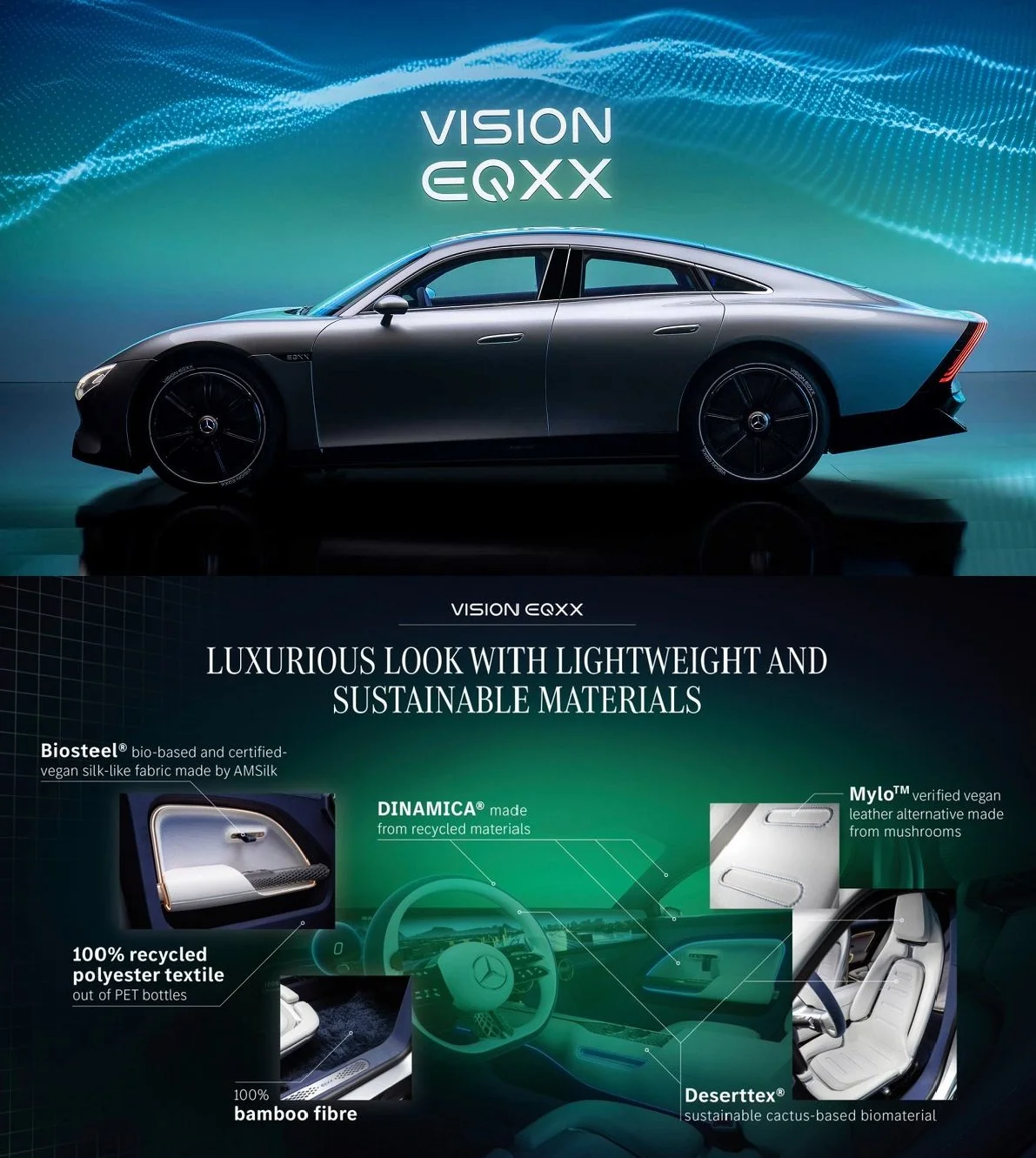



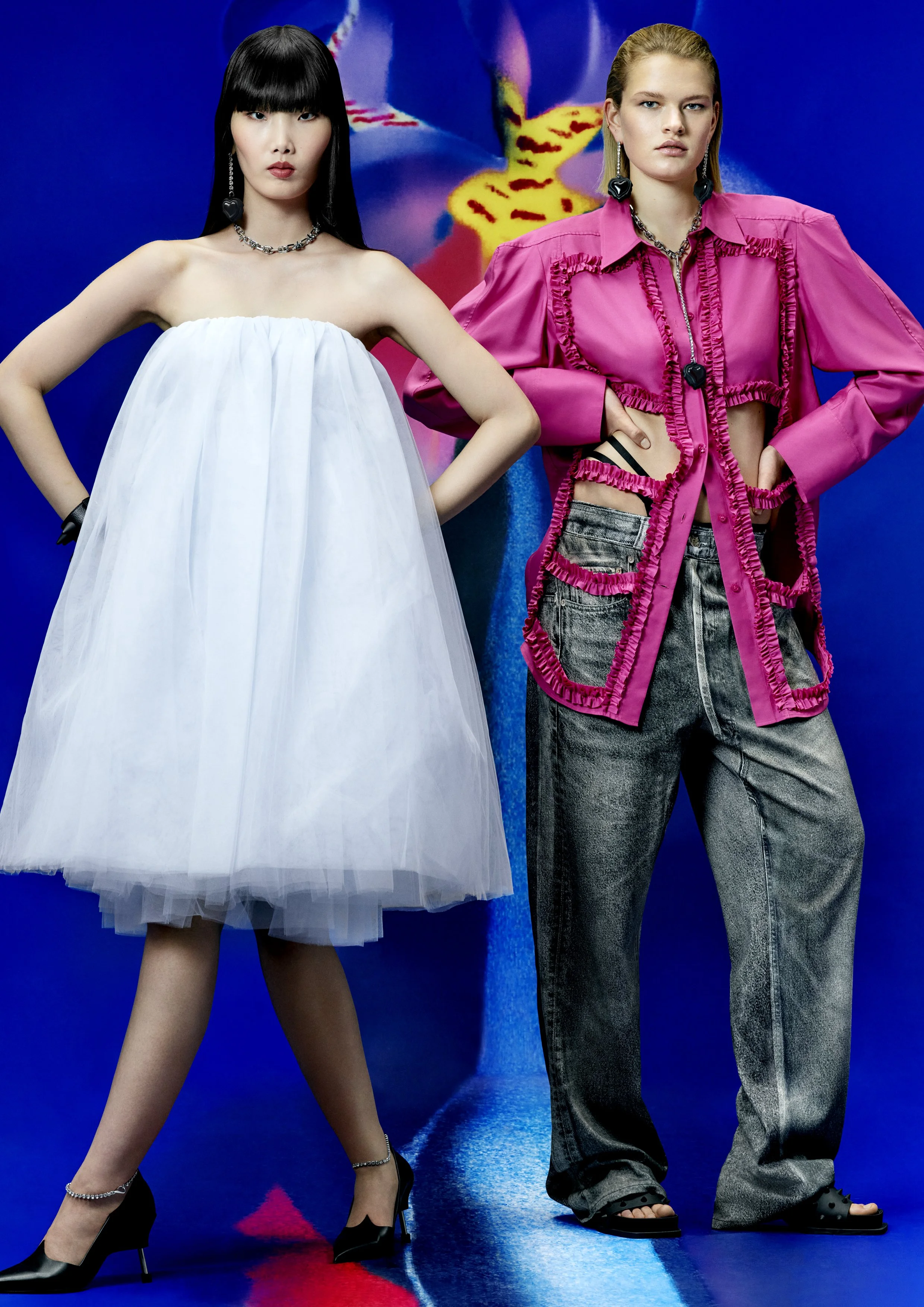

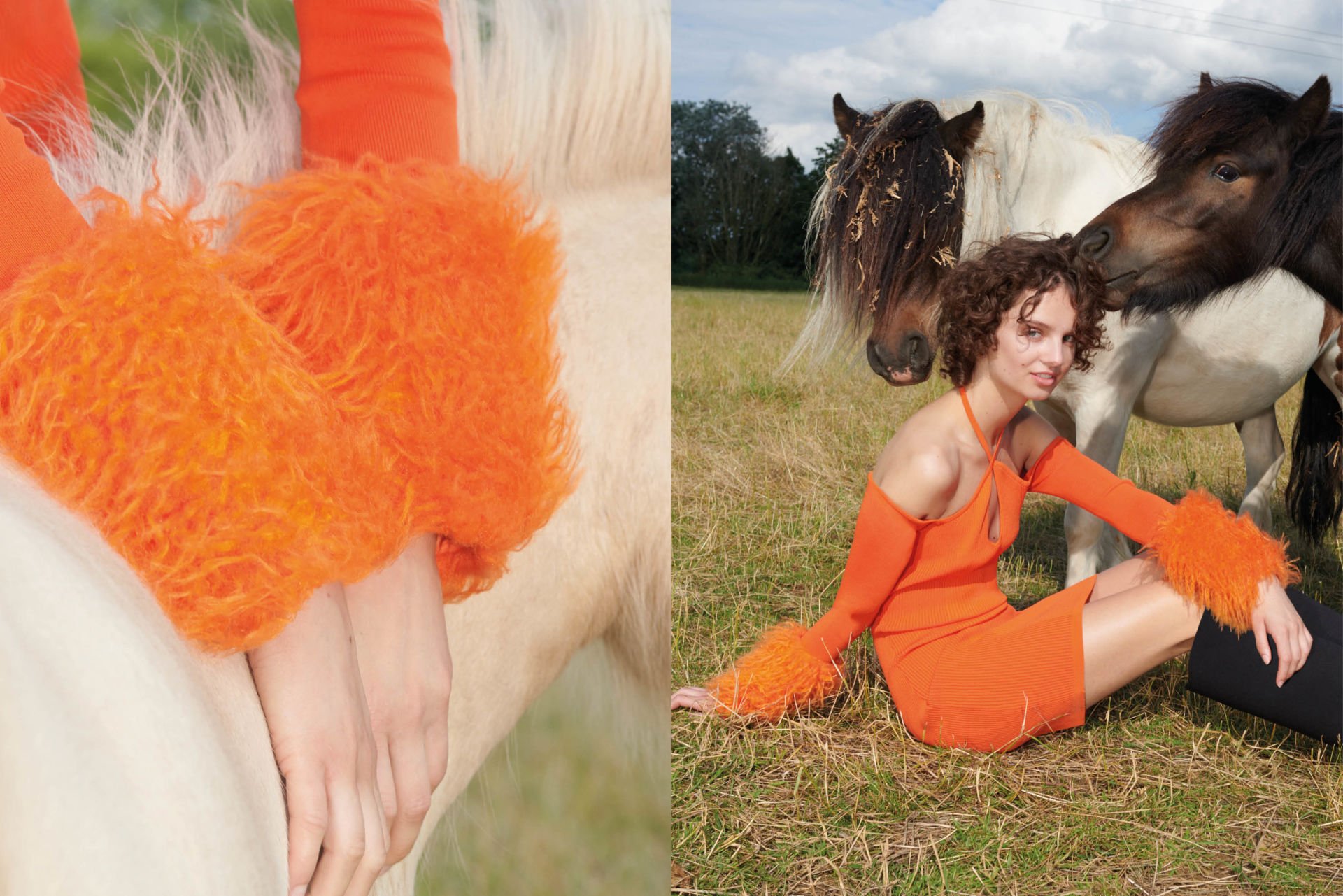
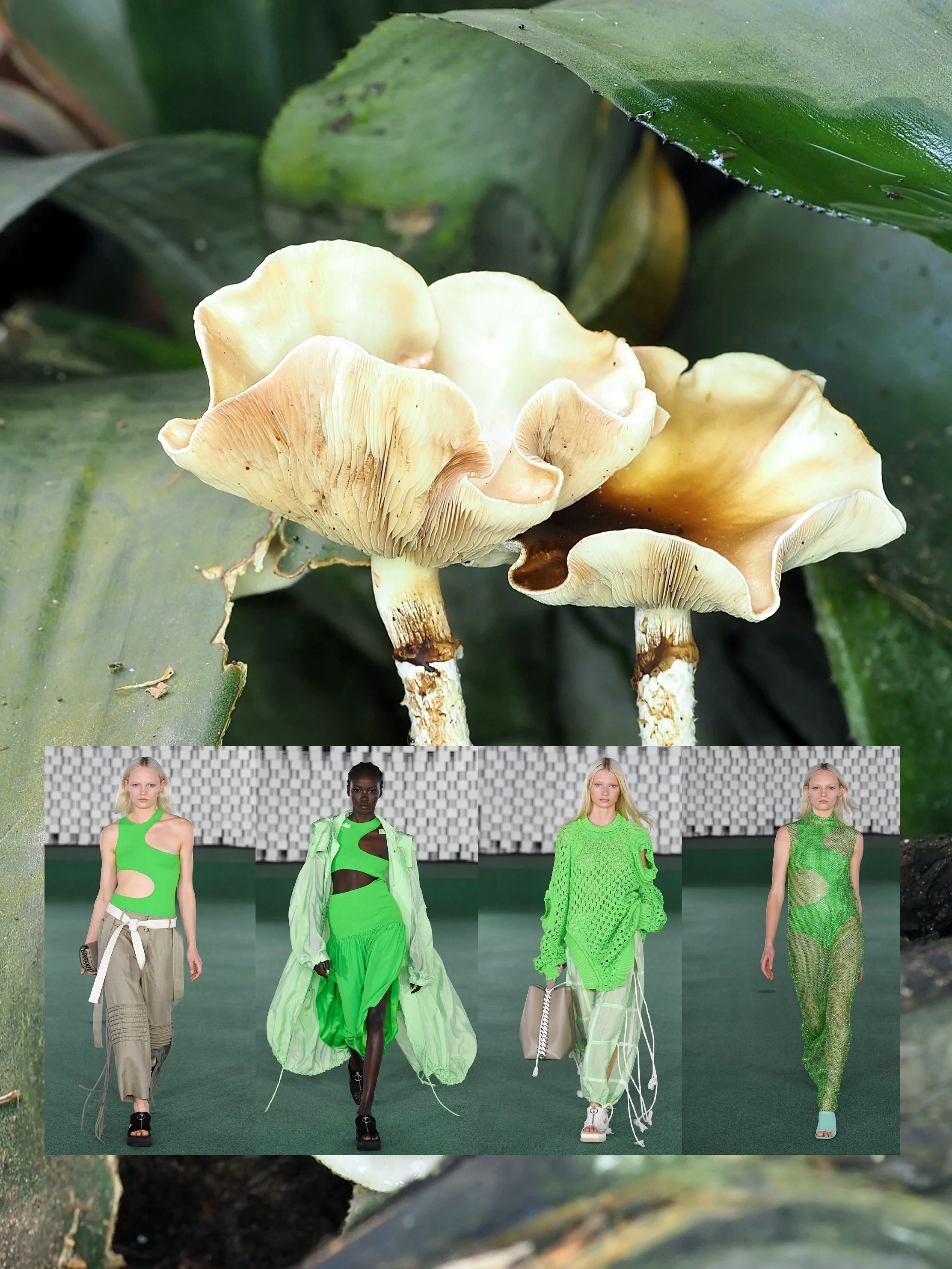



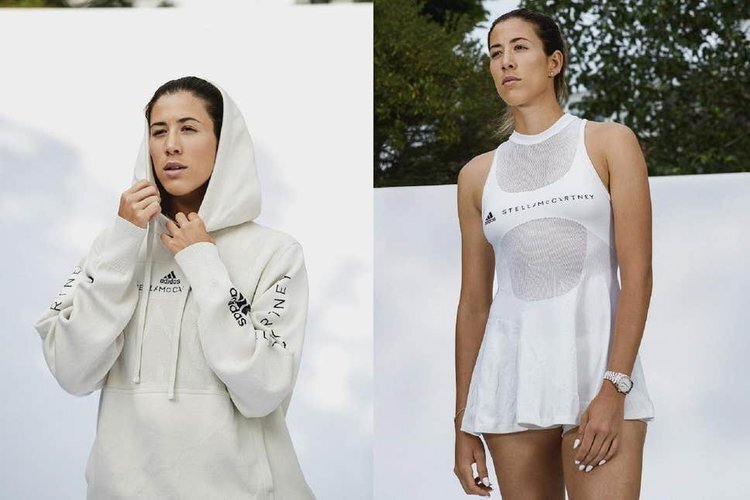



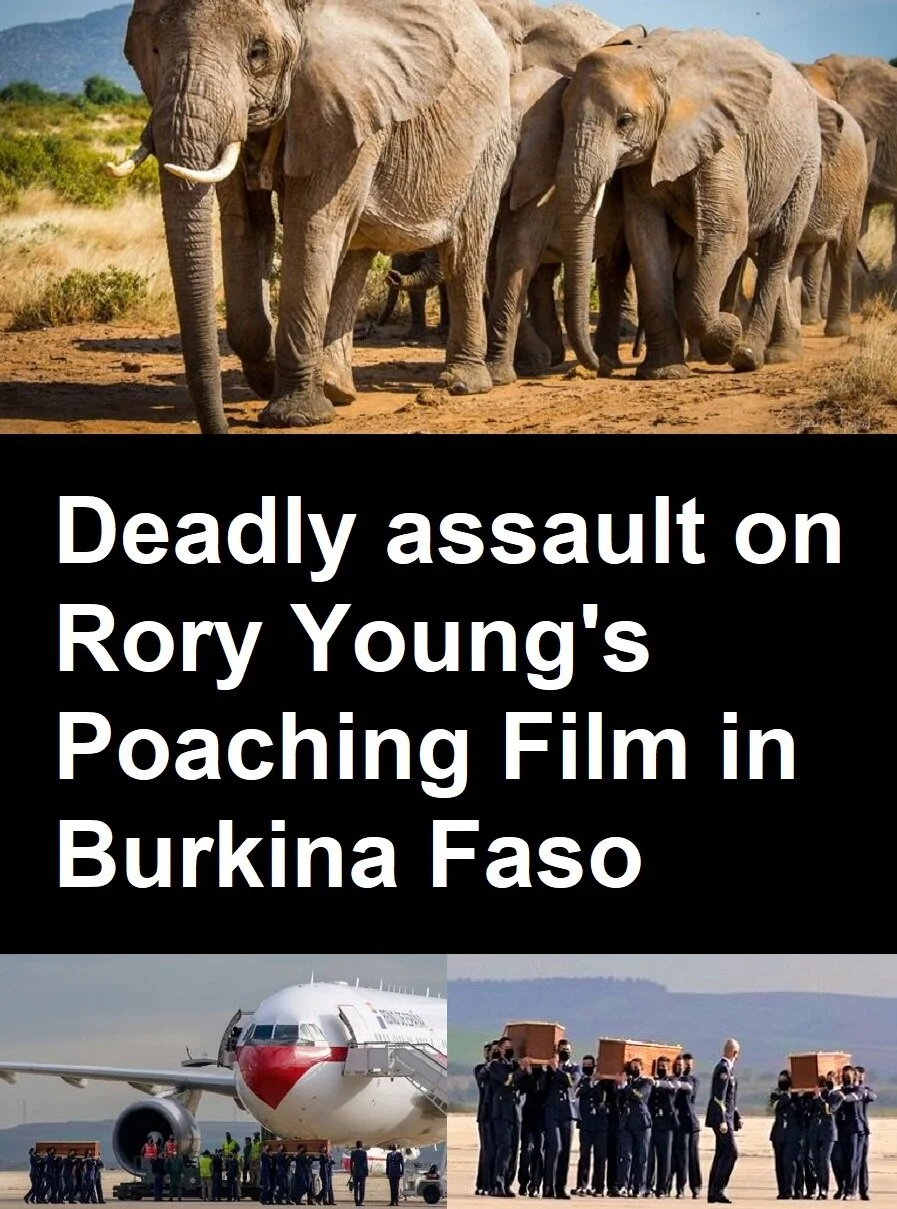



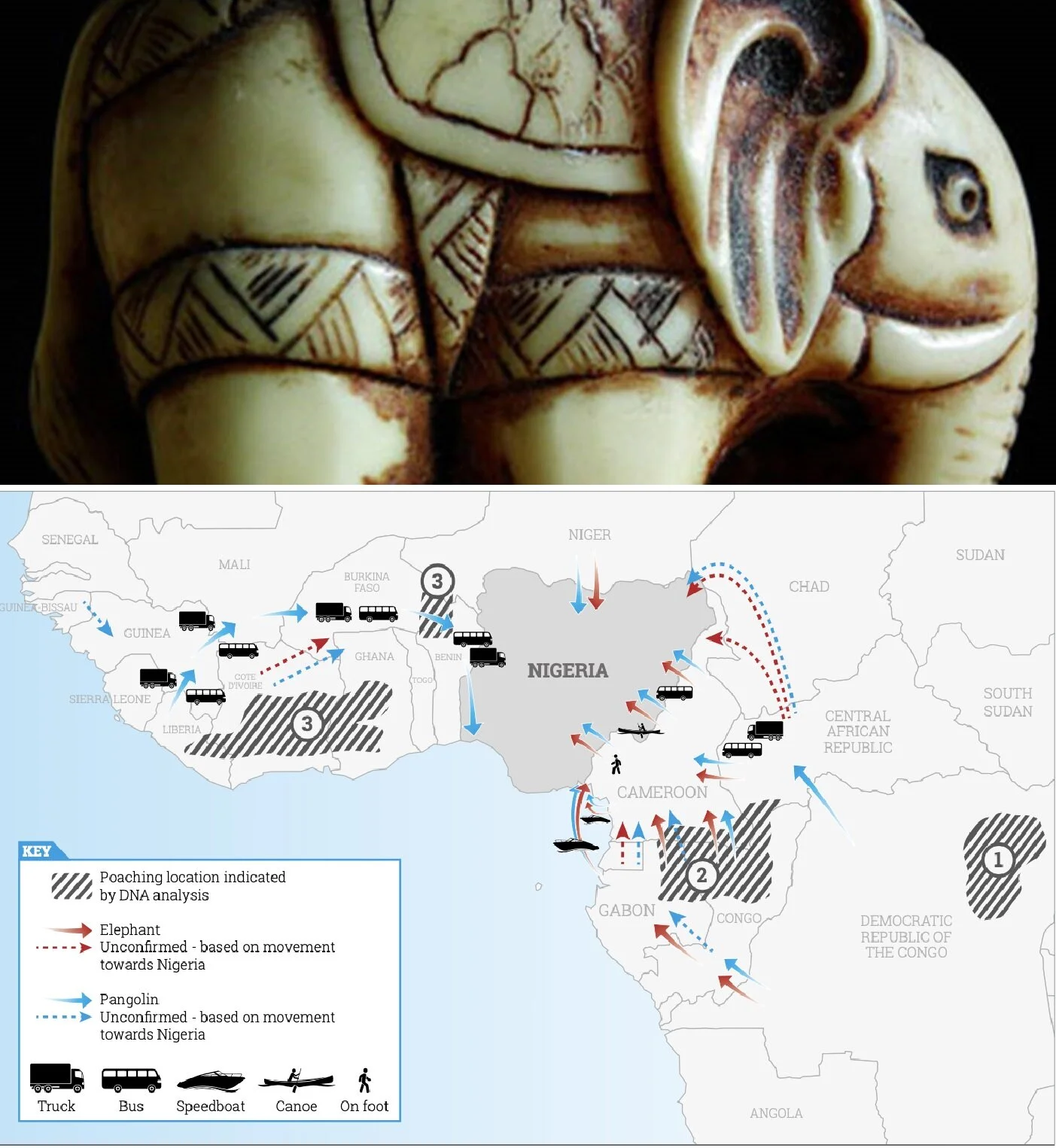



![Into-the-Okavango_[Neil-Gelinas]_3-dbl.jpg](https://images.squarespace-cdn.com/content/v1/55f45174e4b0fb5d95b07f39/1561937163642-AJXZW3I471QGTYL0AE03/Into-the-Okavango_%5BNeil-Gelinas%5D_3-dbl.jpg)


